Editorial: How ill-conceived 'affordable' housing becomes unaffordable for Chicago
Published in Op Eds
In Chicago, there’s just not enough housing available to keep up with demand. Especially affordable housing.
City policymakers recognize the problem and profess to want to step up residential development, whether through direct Department of Housing involvement or through leveraging what’s happening in the private sector. But, at least when it comes to the affordable-housing projects spearheaded by the city itself, policies making such construction exorbitantly expensive are holding back the pace of what’s needed.
Apartment rents have eased a bit in recent months, but Chicagoans still are coping with spikes from the recent past. The median one-bedroom apartment rent in Chicago was 17.6% higher last June than a year before, according to home rental online marketplace Zumper.
A brand new 43-unit development in East Garfield Park on Chicago’s West Side opened last month, with Mayor Brandon Johnson and other local politicians celebrating the occasion with a ribbon-cutting. The Fifth City Commons project looks beautiful and features a fitness room, a terrace, three laundry rooms, on-site composting and electric-vehicle charging stations.
But, as longtime affordable-housing developer and advocate David Doig pointed out in a recent LinkedIn post that spurred a spirited debate among those who work in this field, the $38 million project cost amounted to an eye-popping $884,000 per taxpayer-subsidized rental unit. Meanwhile, he wrote, there’s an existing 21-unit building nearby on the market now for $150,000 per unit. Even with any necessary renovations, it would be a far cry from $884,000 per apartment.
“This is crazy!” Doig wrote. “That’s more than it costs to build a luxury unit in Fulton Market or the Gold Coast.”
He posed the obvious question: Why not use first use the federal low-income tax credits that currently cover half or more of the cost of developing new affordable housing and buy existing units at a fraction of the cost? The city can keep that existing stock affordable for decades far more cheaply than financing new construction. Building new affordable units is important, too, but progress is undermined if existing buildings are sold and rents rise.
East Garfield Park is far from the only example. The City Council’s Finance Committee last week recommended approval of bonds to help finance the conversion of the Humboldt Park United Methodist Church and its 12 associated residential units into a 22-unit housing development. The cost for these 22 units? Close to $20 million. Now we’re approaching the $1 million-per-unit range.
It’s not that these projects aren’t worthy. But in a world of limited resources — and in a city struggling mightily just to pay for existing services — policymakers need to make this money go further. Much further.
Doig, who has worked for years to revive Pullman on Chicago’s Far South Side as president of Chicago Neighborhood Initiatives, is involved with an umbrella group called United Power for Action and Justice that is leading the construction of dozens of single-family homes on the South and West sides for less than half the per-unit costs of these city-led multifamily projects. With modest subsidies, families are able to buy these detached homes for $250,000 to $300,000.
Doig tells us many of the buyers are south suburbanites who are moving into the city to escape the exorbitant property taxes in the Southland. “I’ll make that value proposition all day long,” he tells us.
The group has $40 million to work with and is stepping up the pace. It expects to produce 150 new homes this year after delivering 70 last year.
We need to see a lot more of what United Power is doing. Developers are focusing way too much on just a few wards in parts of the city that already are highly populated. An illuminating recent post by Steven Vance, founder of urban planning website Chicago Cityscape, showed how half the building permits for new Chicago homes from 2022 to 2024 were located in just four wards — the 3rd, 4th, 27th and 34th. Nearly a quarter of all permits were for projects in just a single ward, the 27th, which includes hot areas like the West Loop and Fulton Market, as well as parts of the Near North side.
There were other of the city’s 50 wards — like the 14th, 21st and 22nd, which cover large swaths of the Southwest and South sides — where the share of new permits was measured in the hundredths of a percentage point.
A healthy city wouldn’t be seeing this kind of concentration. City planners must consider these depopulated neighborhoods when considering which affordable housing projects should get valuable tax credits. And developers need to look outside their comfort zones when hunting the next deal.
This peek into the complicated world of affordable-housing preservation and creation isn’t meant to be exhaustive. Chicago is blessed with many for-profit and nonprofit developers who are experts in this field. Doig did all of them — and the city as a whole — a real service with his constructive criticism of Chicago’s current affordable-housing approach.
The task now is to continue the dialogue with the goal of quickly changing gears so that Chicago can generate more housing momentum. There’s not a moment to waste. It can be done, but it will take open minds — particularly at City Hall — and a willingness from those who work every day in this world to be as blunt and honest as Doig.
___
©2025 Chicago Tribune. Visit at chicagotribune.com. Distributed by Tribune Content Agency, LLC.
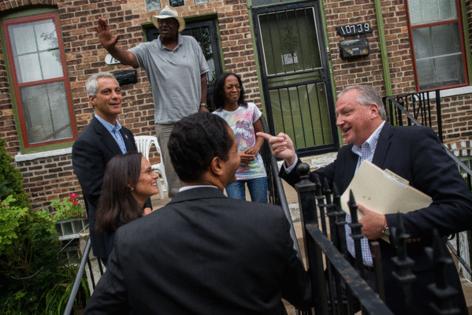

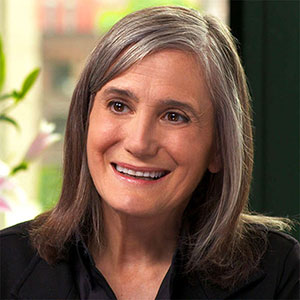
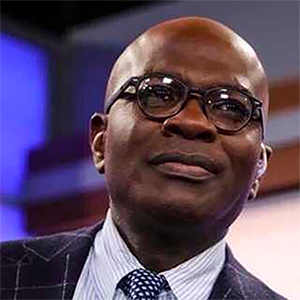



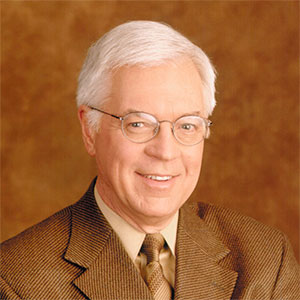

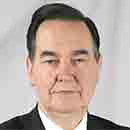

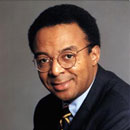








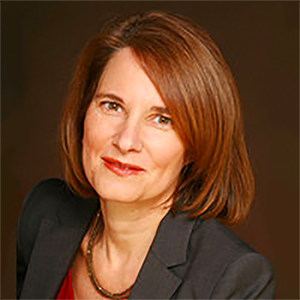


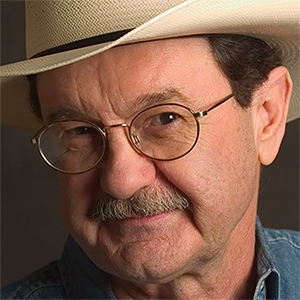








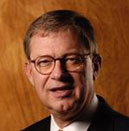
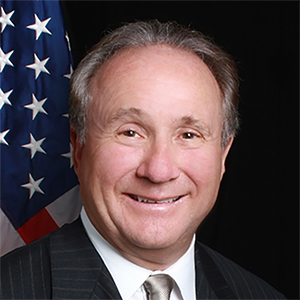

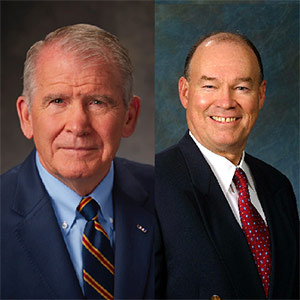



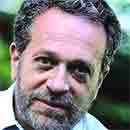
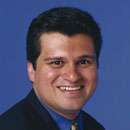






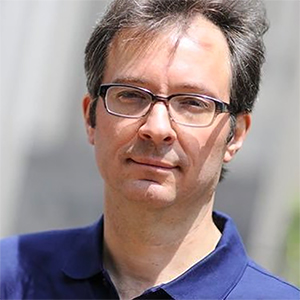



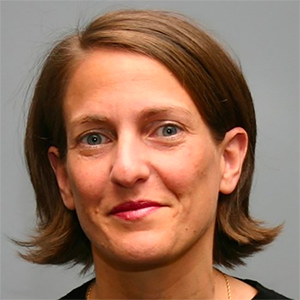


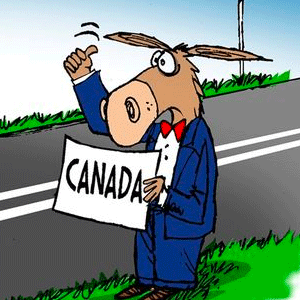





Comments